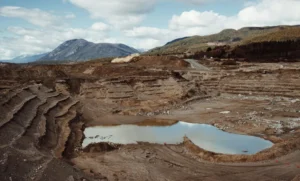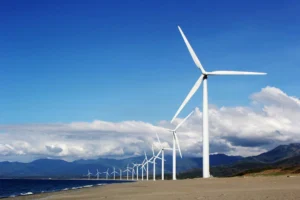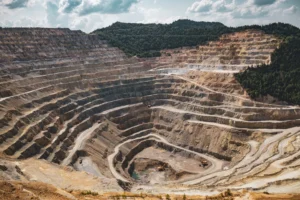As water moves across the landscape, it can pick up pollutants from various sources. The question arises which water source is more likely to become polluted as it travels over land, ponds, groundwater, oceans, or runoff?
This article discusses the exposure of each water source, explaining how pollution affects them as they engage with land surfaces.
Runoff is the leading carrier of pollutants as it flows across the land. The water sources, ponds, groundwater and oceans, can become polluted, but runoff is the main carrier of pollutants. As rainwater flows over land, it collects contaminants such as chemicals, debris, and waste.
This polluted runoff then makes its way into ponds, groundwater, and eventually oceans, spreading contamination across various ecosystems, affecting them all.
1. Runoff - The Primary Carrier of Pollution
Runoff is usually the most direct path for pollution as it travels across land.
- How It Works: When rainwater flows over roads, farms, and urban areas, it collects contaminants such as oil, pesticides, and debris.
- Pollution Risk: Runoff carries pollutants directly into nearby water sources such as rivers, lakes, and oceans.
- Result: This makes runoff one of the main culprits in water pollution.
- Example: After a storm, the rain washes over a city street, collecting oil from cars and trash before it flows into storm drains, eventually reaching the ocean.
2. Groundwater - Pollution Below the Surface
Groundwater can become polluted when contaminants seep through soil and rock layers.
- How It Happens: Fertilizers, pesticides, and hazardous waste can leach through the ground, eventually reaching underground aquifers.
- Pollution Risk: Once groundwater is contaminated, it’s challenging to clean, posing long-term environmental and health risks.
- Example: In agricultural areas, the overuse of fertilizers can lead to chemicals leaching into groundwater, causing contamination that may go unnoticed for years.
3. Ponds - Small but Weak
Ponds are highly at risk to pollution, especially from surface runoff.
- How It Happens: Runoff from nearby land carries sediment, chemicals, and nutrients into ponds.
- Pollution Risk: This can lead to water quality degradation, algae blooms, and loss of aquatic life in smaller ecosystems.
- Example: A small pond near a farm may receive nutrient-rich runoff, leading to an algae bloom that chokes out aquatic life.
4. Oceans - The Final Receiver of Pollutants
Oceans can also become polluted as water travels over land, particularly through rivers and runoff.
- How It Works: Polluted rivers and runoff finally make their way to the sea, carrying plastics, chemicals, and waste.
- Pollution Risk: This causes big damage to marine ecosystems, affecting both wildlife and coastal communities.
- Example: The Pacific Ocean’s infamous “garbage patch” is a harsh truth of how water pollution travels and piles up, devastating marine environments.
Conclusion
Runoff is the water source most likely to become polluted as it travels over land. Besides, all of these water sources, ponds, groundwater, oceans, and runoff, can become polluted as they travel over land.
Runoff serves as the main carrier of pollutants, affecting ponds, groundwater, and finally oceans. Each water source is at risk, and pollution can travel far, impacting biodiversity, local ecosystems and global water health.
FAQ's
Which water source may become polluted as it travels over land?
Runoff is the water source most likely to become polluted as it travels over land.
Can fresh water be renewed but environmentalists consider it nonrenewable?
Yes, fresh water can be renewed through the natural water cycle, but environmentalists consider it nonrenewable due to the rate at which it is consumed and the increasing shortage of clean, accessible freshwater resources.




